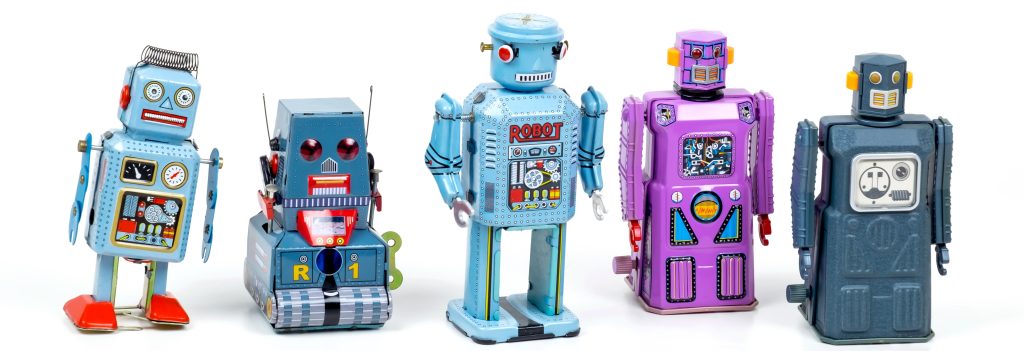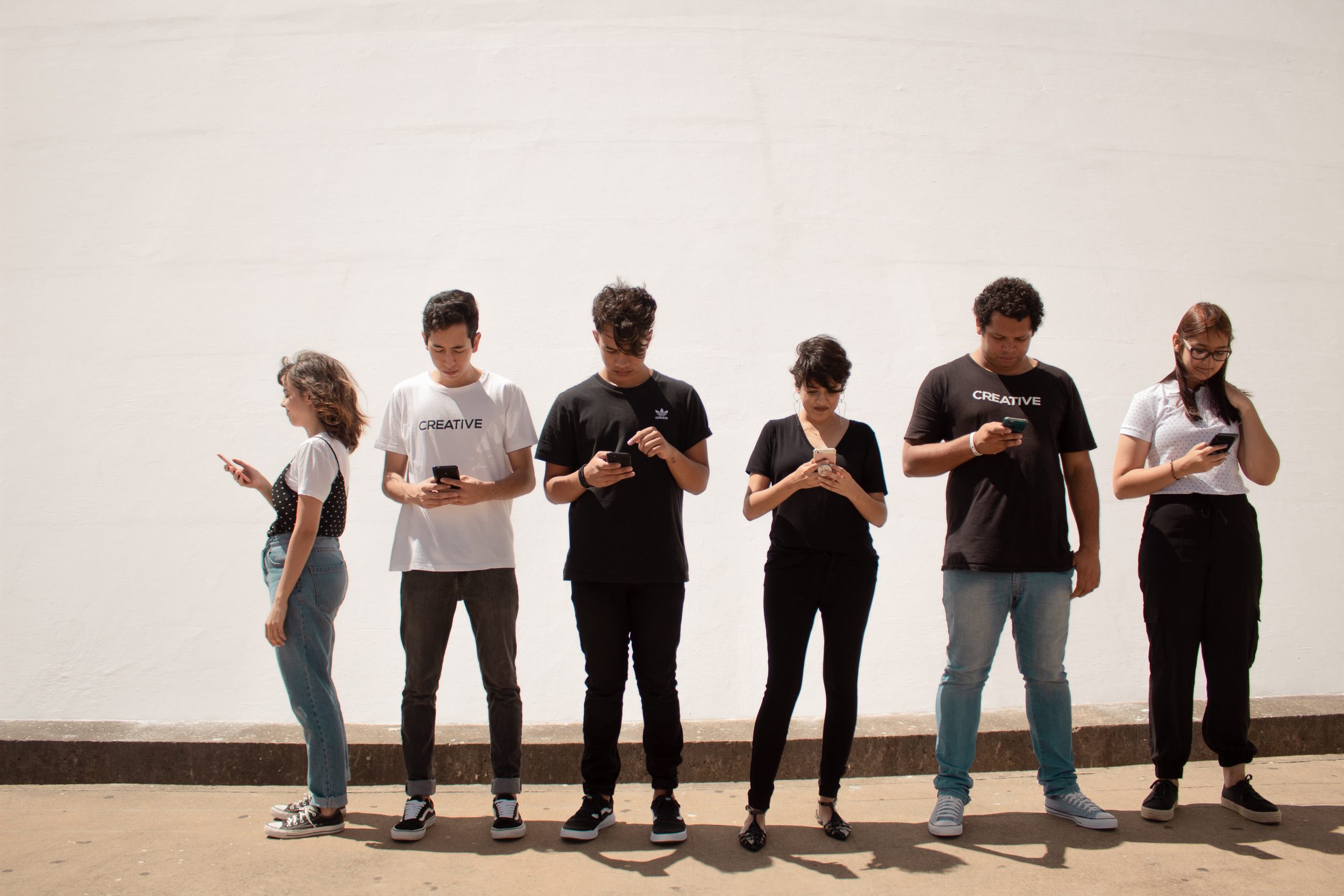A conversation with an AI used to seem so futuristic and exciting. They were set pieces in Sci-Fi movies or groundbreaking innovations reported on in the news. How quickly we have moved beyond chatbots being new and novel, to a regular feature of our daily lives. Over the past few years they have steadily been cropping in our everyday activities. For example, we use them in smart homes, as fun silly games, and, as I’ll be discussing here, as the first port of call for many companies’ and organisations’ helplines. How is this affecting us as individuals? Can AI replace human interaction?
What are Chatbots?
Chatbots are a software program that use AI (artificial intelligence) and Machine Learning to mimic human conversation. They can be text-based, such as in web browsers or messaging apps, or speech based, such as on phone lines or in smart home assistants. Since an initial boom in use in around 2016-2017, companies continue to adopt this software as part of their customer service. You may come across it when attempting to contact banks, retailers, utility companies, public services, etc. We can meet friendly mascot characters with cute, simple names and chummy turns of phrases. Developers design them to put you at ease and make it feel as if you’re talking with a real person. They can be available 24/7, unlike a human customer service representative, and there is no queue to wait in to communicate with them.
Why do companies use Chatbots?
Companies and organisations have various reasons for implementing this technology. For example, it opens them up to additional forms of communication with the public. Many people at the same time can access the same Chatbots on apps, browsers or by phone, at any time of the day. This is unlike human employees, who need to be plentiful enough for demand, can only communicate with one person at a time, and can’t be made to work 24/7. And, in the long run these programs are also cheaper than the human employees they’re designed to replace.
The way the company presents the Chatbot is also a benefit to them. As I previously mentioned, Chatbots can have names, faces, catchphrases, even a whole personality. They can act as a mascot for the company; a curated identity that will be the first thing people meet when trying to make contact. Even the most thorough training can’t make a human employee a consistently perfect representative of a company. But a Chatbot will never not be friendly and polite to talk to. A chatbot can strengthen brand identity.
What does this mean for us?
Introverts may cheer at the prospect of not having to communicate with a real person when doing routine tasks. I can sympathise with preferring to use self-checkouts when shopping, or food delivery apps rather than ordering with a person. We’re often not in the mood to face people, but still need to carry out essential tasks. However, hardly anyone ever desires complete social isolation. The problems come when technology takes over the services previously provided by people.
I think we underestimate the impact contact with others has on us as we go about our business. It may be especially important for those who are suffering from social isolation. In the past I have worked in a customer service call center, and even years before the pandemic I frequently took the time to chat about someone’s day, the weather, their pet parrot, anything at all. Of course one can chalk this up to friendly chatterboxes, but for some it was clear they needed the company.
We often see articles about loneliness and social isolation pervading modern society. This, of course, has only worsened since the start of the pandemic. During Covid-19 lockdowns, chatting briefly to supermarket cashiers may have been the only in-person interaction someone had had in days. These past couple of years many more have come to realise how important these snippets of human interaction are to ones mental wellbeing.
But do Chatbots work?
This depends on what you need from them. They can be useful when doing simple, routine tasks, such as booking a hotel room or paying a bill. However, these are often tasks you wouldn’t need to contact someone to carry out anyway. One can also use them to ask for information. But, again, they can’t provide anything an FAQ page on a website couldn’t. Often the reason we’re contacting customer service is because we have complex problems that need resolving with critical thinking. This is not something Chatbots are sophisticated enough to deal with yet.
The problem is, many companies now require you to first talk to a Chatbot before you can contact a human. Or, they strongly recommend using the Chatbot before trying to contact them, warning of long waiting times and minimal available contact hours. They have just added an extra step between yourself and a resolution to a problem that is likely already frustrating. This is especially true if you’re enquiry is hard to articulate, confusing or complicated. You may already know the Chatbot won’t be able to help, but they still require you to use it.
We can find comfort in knowing we don’t have to deal with problems alone. We’re relieved when a customer service representative can help us through it. Even if they struggle with the problem, it can feel comforting just to feel heard. These aren’t feelings that a piece of software can provide. Chatbots can’t function without humans to intervene when they fail. But, as organisations reduce the number of human employees, our customer service experience is tainted, and our levels of isolation increase.

Is there a better use of AI?
So, whilst it can feel like AI is coming to control us and divide us from the rest of society, it can be used for the opposite. LifeBonder is seeking to implement Artificial Intelligence and Machine Learning to a NextGen Social Media Network, to use what information users might enter into their profiles to match them with other users. The aim is create friendships between real people, not to mimic reality and replace human contact. We’ve created the system for the benefit of the user, to reduce social isolation and reverse the damage done so far by our current social media landscape and the increasing use of AI instead of people.



